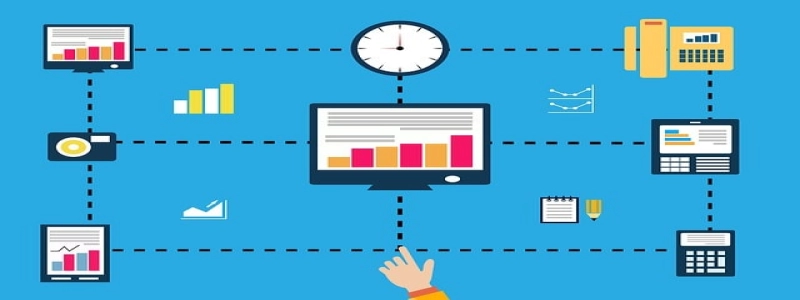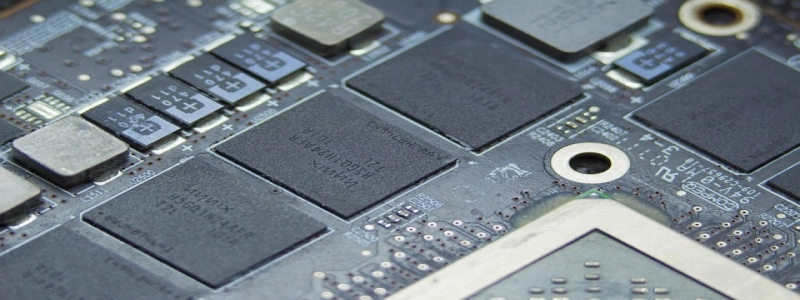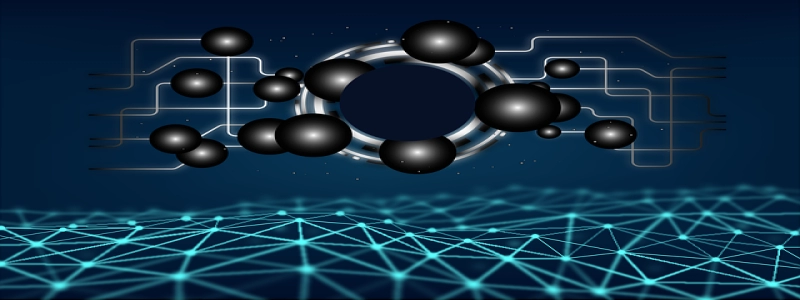Can Transceiver
導入
A can transceiver is an electronic device used to transmit and receive data in a Controller Area Network (CAN) system. It acts as a bridge between the microcontroller and the CAN bus, allowing for seamless communication between different components in a network. 記事上で, we will explore the various aspects of a can transceiver and its importance in a CAN system.
What is a Can Transceiver?
A can transceiver is a specialized integrated circuit (IC) that enables the transmission and reception of data over a CAN bus. It provides the necessary electrical interface between the CAN controller (microcontroller) and the physical bus. The transceiver’s primary function is to convert the digital signals from the microcontroller into the appropriate voltage levels for transmission and to convert the received analog signals back into digital data for the microcontroller to process.
Types of Can Transceivers
There are different types of can transceivers available in the market, each with its unique features and capabilities. The most common types include high-speed transceivers, low-speed transceivers, and fault-tolerant transceivers.
High-speed transceivers are typically used in applications where high data transfer rates are required. They can handle data rates up to 1 Mbps and are suitable for applications such as automotive and industrial control systems.
Low-speed transceivers, on the other hand, are designed for applications with lower data transfer rates. They are commonly used in home automation systems, security systems, and other applications where slower data rates are sufficient.
Fault-tolerant transceivers are specifically designed for applications that require high levels of reliability and fault tolerance. They can detect and correct errors in the data transmission, ensuring that the communication remains reliable even in harsh environments.
Working Principle
The working principle of a can transceiver involves both the transmitter and receiver functions. When transmitting data, the transceiver receives digital signals from the microcontroller and converts them into differential voltage signals suitable for transmission over the CAN bus. These voltage signals represent binary data, where the dominant state is represented by a low voltage level, and the recessive state is represented by a high voltage level.
On the receiving end, the transceiver receives the differential voltage signals from the bus and converts them back into digital data for the microcontroller to process. The receiver also performs bit-level error checking to detect any transmission errors. If an error is detected, the transceiver can notify the microcontroller and take appropriate corrective actions.
Importance in a CAN System
Can transceivers play a crucial role in a CAN system by facilitating reliable communication between different nodes in the network. They ensure that data is transmitted and received accurately and efficiently. Without a transceiver, the microcontroller would not be able to communicate with other devices on the CAN bus.
Furthermore, can transceivers provide protection features such as overvoltage and undervoltage protection, thermal shutdown, and electromagnetic compatibility (EMC) compliance. These features help safeguard the system from unexpected electrical events and ensure that the communication remains stable and secure.
結論
In summary, a can transceiver is an essential component in a CAN system, enabling seamless communication between different devices. It converts digital signals from the microcontroller into the appropriate voltage levels for transmission and vice versa. With different types available in the market, one can choose the transceiver that best suits their application requirements. The importance of can transceivers cannot be overstated, as they ensure reliable and efficient data transmission in a CAN network.








